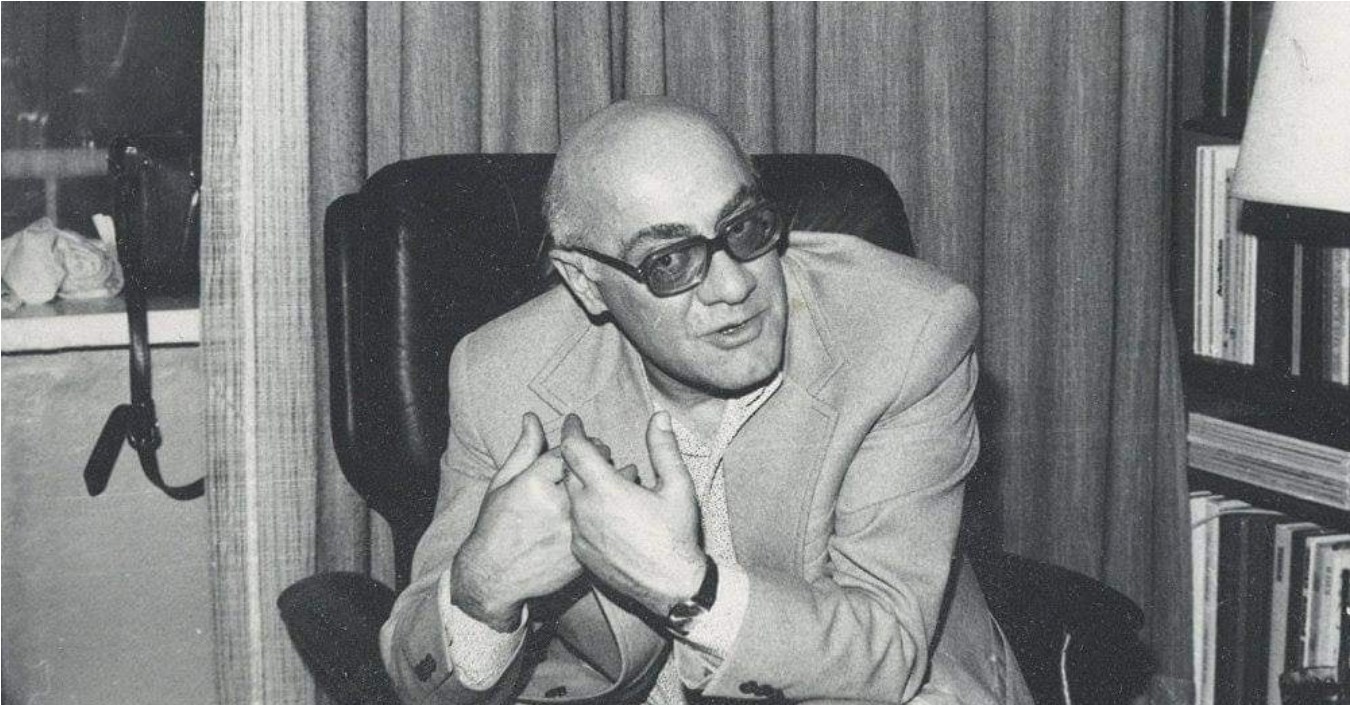
Repeating Mamardashvili | Essay 6 – Multilingualism [3]_Multiplicity as One
As a child I loved painting by numbers. I remember the process as a time of both deep concentration and satisfaction, adding up the 12s and 41s, and whichever numbers called for a specific color. The images created I held dear, especially when I knew of the precision I had managed to achieve.
These number fields as image blocks. I am reminded now of that process past, when arranging all foreign words into quantitative categories. The words used just once in a lecture series or even just once in both lecture series. And the words, which sum up into bigger amounts, wondering about their distribution and the possible meaning of those arrangements.
In Merab Mamardashvili's lecture series 1981_82, the three words most used are identity (10x), hic et nunc (7x) and angoisse (6x), with one additional mention of 'angoisse physique'. Cross-referencing these three terms with the second lecture series in 1984_85, 'identity' (4x), 'hic et nunc' (3x) and 'angoisse' (8x) were counted.
And, in his lecture series 1984_85, the three most used words are cosa mentale (16x), angoisse (8x) and passion (8x), with one additional mention of 'la passion de Jésus-Christ' and of 'passions' each. Cross-referencing these three terms again with the first lecture series in 1981_82, just the word 'angoisse', as listed above, could be accounted for.
These categories specify chronologically as follows.
cosa mentale: 3x (13/1984_85), 1x (29/1984_85), 10x (34/1984_85) and 2x (35/1984_85);
identity: 7x (6/1981_82), 1x (7/1981_82), 2x (10/1981_82), 3x (3/1984_85) and 1x (21/1984_85); angoisse: first mentioned as 'angoisse physique' 1x (25/1981_82), then 3x (25/1981_82), 2x (29/1981_82), 1x (31/1981_82), 4x (9/1984_85) and 4x (13/1984_85); hic et nunc: 2x (2/1981_82), 1x (3/1981_82), 1x (4/1981_82), 1x (25/1981_82), 2x (26/1981_82), 2x (7/1984_85) and 1x (26/1984_85); passion: 3x (17/1984_85), then as 'la passion de Jésus-Christ' 1x (17/1984_85), then 5x (17/1984_85) and one last mention as 'passions' 1x (20/1984_85).
Sketching out this pattern in time, I aim to decide upon colors. The connotations used are not only subjective, but they lack, even in their subjectivity, a clear imagination. So I go for alphabetical order, juxtaposing it to their chronological arrangement. And end up with a color-spotted timeline.
Since, the more I am drawing by numbers, drawing by words, the more imprecise and unclear the overall image unfolds.
But maybe it is not the image that is that blurred beyond recognition of the patterns I am looking for. A few of them seem very clear, like the accumulation of 'passion' in lecture 17 of 1984_85. Others move here and there, distanced by the empty spots, the blind spots of the general text. So I wonder, can one only see what one knows? Are these sketches seemingly misleading, because I don't only not know yet how to draw up but also how to read a color partitura? And is it time to let those sketches rest and come back to them at a later point? When either all blind spots have been uncovered or a different system has unfolded throughout the process?!
Lectures 1981_82:
Мераб Мамардашвили. Лекции о Прусте (психологическая топология пути). Ad Marginem. Москва. 1995. (Редакторы: Е.В. Ознобкина, И.К. Мамардашвипи, Ю.П. Сенокосов)
Lectures 1984_85:
Мераб Мамардашвили. Психологическая топология пути. Фонд Мераба Мамардашвили. Москва. 2014. (Редактор: Е.М. Мамардашвили)
Author: Katharina Stadler



